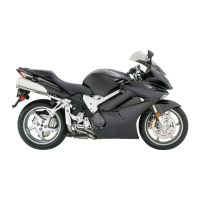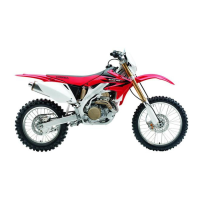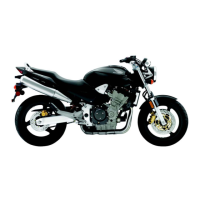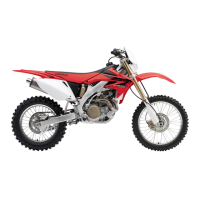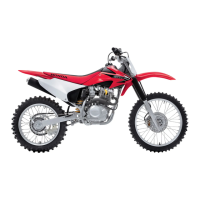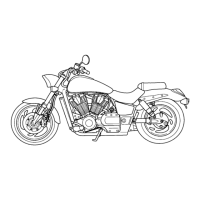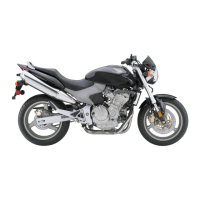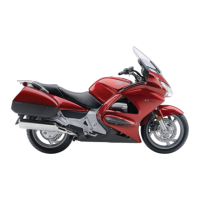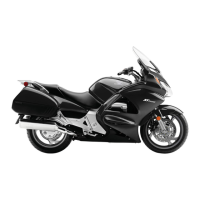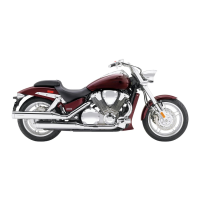
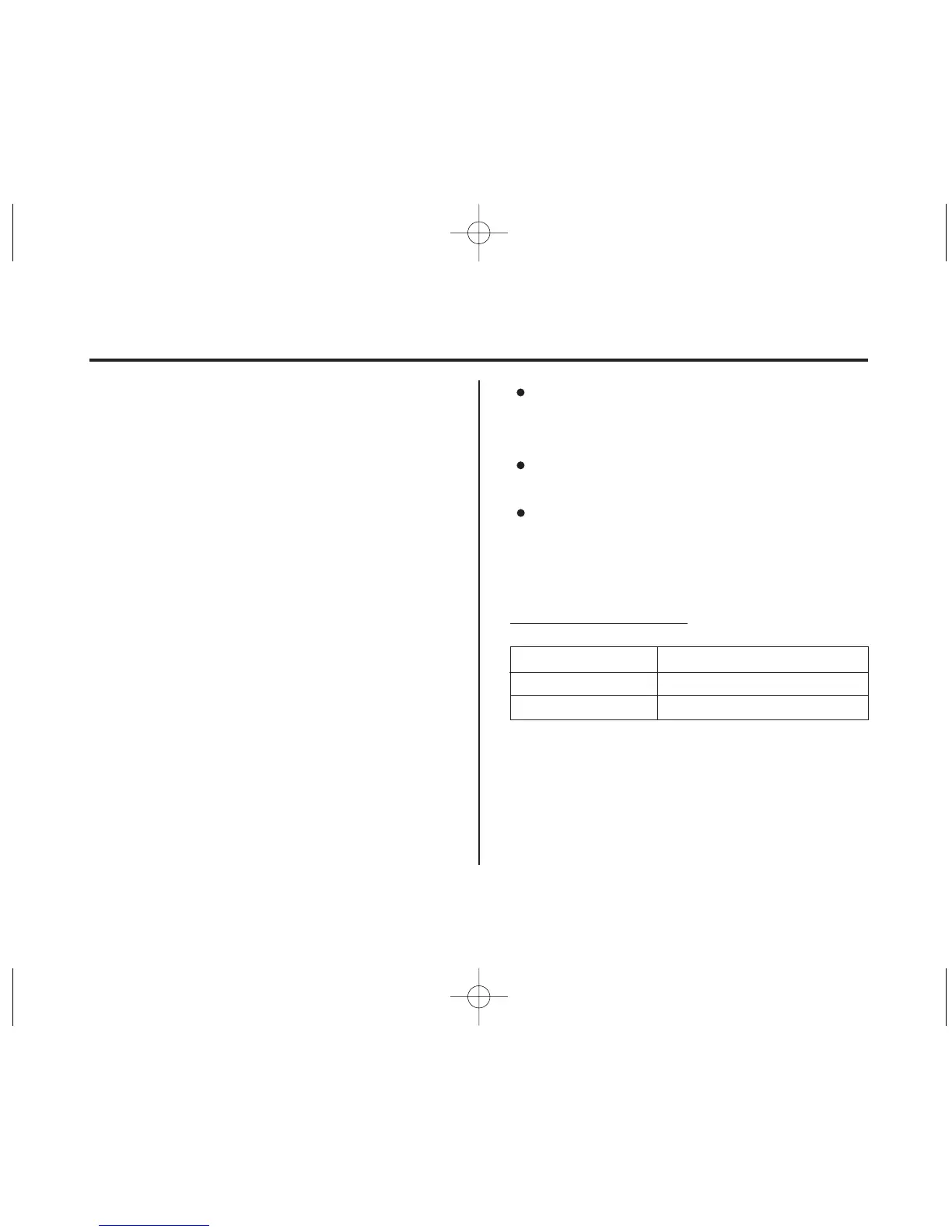 Loading...
Loading...
Do you have a question about the Honda 2005 VTX1800C and is the answer not in the manual?
| Engine Type | 1795cc liquid-cooled 52° V-twin |
|---|---|
| Bore and Stroke | 101.0mm x 112.0mm |
| Compression Ratio | 9.0:1 |
| Induction | PGM-FI with automatic choke |
| Transmission | Five-speed |
| Final Drive | Shaft |
| Front Suspension | 45mm inverted fork |
| Front Suspension Travel | 5.1 inches |
| Rear Suspension Travel | 3.9 inches |
| Front Tire | 130/70R-18 |
| Rear Tire | 180/70R-16 |
| Wheelbase | 67.5 inches |
| Ignition | Digital with three-dimensional mapping |
| Front Brakes | Dual 296mm discs |
| Rear Brakes | Single 316mm disc |
| Fuel Capacity | 5.3 gallons |
Essential recommendations for safe motorcycle operation and rider preparedness.
Diagrams illustrating the placement of key motorcycle components and controls.
Explanation of dashboard gauges, warning lights, and display functions for rider information.
Detailed description of individual controls like ignition switch, start button, and lighting.
Guidelines for evaluating rider readiness and ensuring personal and motorcycle preparedness.
Pre-ride inspection checklist covering tires, lights, fluids, and general motorcycle condition.
Procedures for starting, stopping, and emergency engine shutdown.
Explanation of the braking system, fluid recommendations, and proper braking techniques.
Explains why regular maintenance is essential for safety, performance, and longevity.
Safety precautions to follow when performing any maintenance or repair tasks.
A detailed schedule outlining required inspections and servicing at specific intervals.
Troubleshooting steps for common engine starting or running issues.
Guidance on dealing with flat tires, including roadside options and removal procedures.
